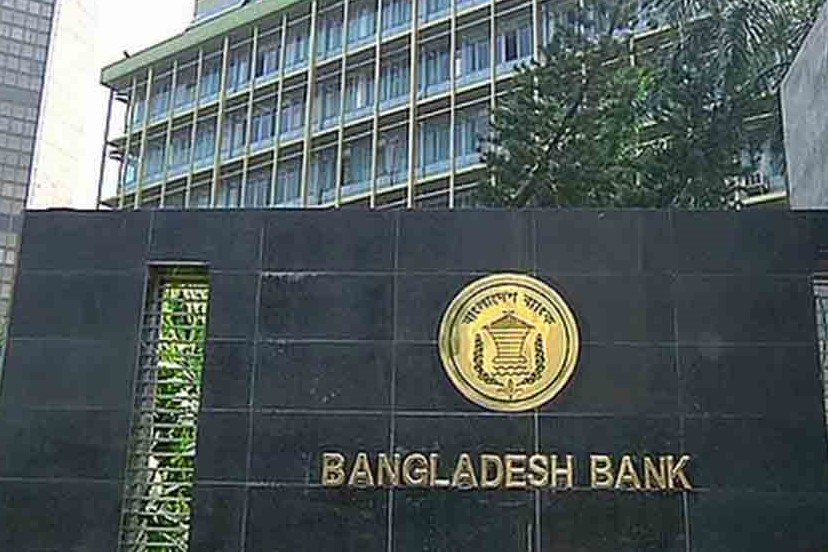Bangladesh’s foreign exchange reserves once again crossed the $30 billion mark, reaching $30.01 billion today, up from $29.95 billion yesterday, according to the latest data from Bangladesh Bank. The upward trend is largely attributed to a steady increase in remittance inflows ahead of Eid-ul-Azha.
Between 1–20 June, Bangladeshi expatriates sent home $1.53 billion in remittances, compared to $1.10 billion during the same period last year—reflecting a year-on-year growth of over 39%. Officials said the Eid season typically boosts remittance inflows as migrant workers send additional funds to support their families during the holiday.
In the 2022–23 fiscal year, Bangladesh Bank sold $13.43 billion from the reserves, primarily to finance government import payments and procure essential commodities amid global price volatility. These interventions were aimed at stabilizing the domestic market and ensuring the availability of key goods.
Earlier, on 8 May, the country’s reserves dropped to $29.7 billion following a $1.1 billion payment to the Asian Clearing Union (ACU) for imports settled for the March–April cycle. However, the reserves rebounded sharply on 10 May, climbing to $30.36 billion from $29.78 billion a day earlier, showing the volatility in external balances.
As of 25 May, reserves once again dipped slightly to $29.96 billion. According to central bank officials, with the recent surge in remittance and tighter import controls, the reserve position is expected to remain stable in the short term. Bangladesh received a total of $24.25 billion in remittances in FY2023–24, marking a 9.6% increase from the previous fiscal year, according to provisional figures from the central bank.


